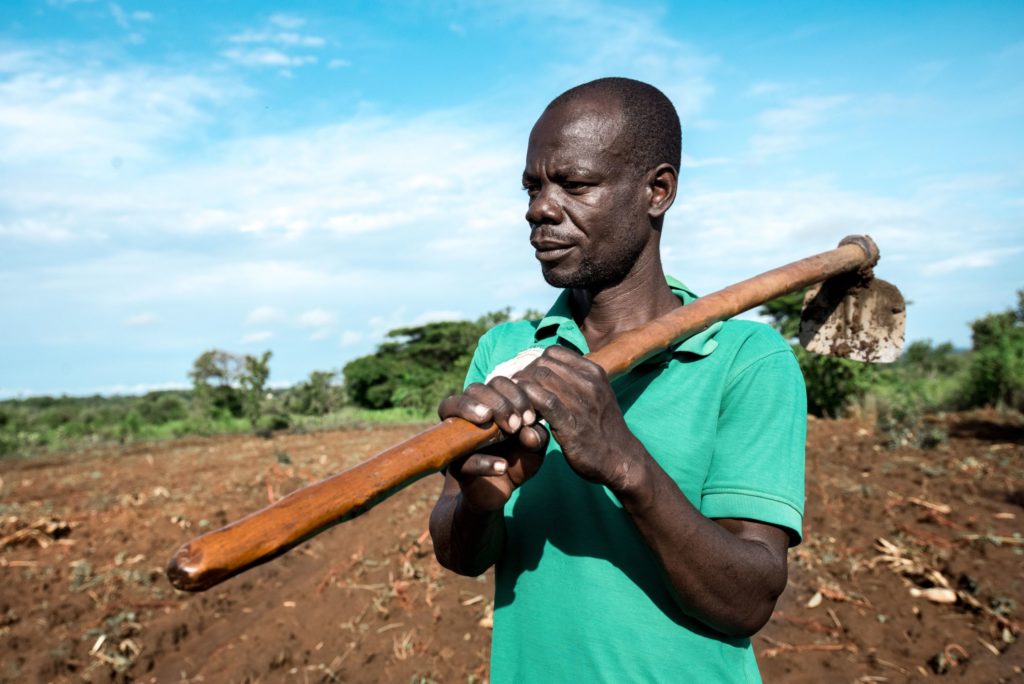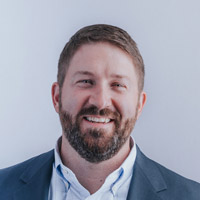At its best, charity does the remarkable. It can provide medical care for those in dire need. Protect the vulnerable from exploitation. Feed children on the brink of starvation.
But charity cannot close the gap between poverty and self-sufficiency. It might help her get back on her feet after a crisis. But what about staying on her feet, under her own power?
Most solutions offered by traditional charity—sometimes under the banner of “livelihoods” or “entrepreneurship”—are ill suited to the task.
To better understand the gap between charity and self-sufficiency, let’s look at three scenarios.
1. Kids aging out of the foster care system
There’s probably a children’s home in your community caring for foster youth, providing much-needed shelter, counseling, and safety. Its staff work hard to ensure their well being. But once they reach 18 (or 21 in some cases), these kids are on their own. In 25 states, there is no option for extended foster care.
Kids who age out of the system are “emancipated.” But for many, it’s anything but a celebration. Best-case scenario: it’s now on them to find affordable housing, land a job, and pay their bills. Coming straight out of a children’s home, that’s often an impossible challenge.
Worst-case scenarios: they may trade the “orphan” label that’s dogged them their whole lives for another one: unemployed.
Or: homeless. Or even: trafficked.
This is a failure of the system—not the 400,000 or so foster kids in it or the kind-hearted people who care for them.
Think back to when you were 18. Chances are, you had help from a relative or friend as you pursued your education or sought a paying job. Many of us had people to make connections and put in a good word for us. We had a community in our corner, opening doors that would not have been accessible to us otherwise.
Most kids aging out of the foster care system don’t have this. As a result:
-
Most foster youth have zero income between 18 and 21, often for months or years at a time.
-
1 in 3 foster youth in transition have an average income of less than $6,000 per year.
The problem is a massive disconnect—or, as author Bob Lupton puts it, the absence of “a caring and connected community.”
2. Survivors of human trafficking
Most anti-trafficking charities focus on 3 R’s: rescue, recovery, and restoration. Caregivers work tirelessly to address the complex trauma of trafficking. Prosecutors are vital in holding traffickers accountable and stop their abuse.
Yet despite the best legal and charitable efforts, many survivors fall into a cycle of abuse. Worldwide, 80% of trafficking survivors are re-trafficked if they can’t find viable work.
The reason is simple. Most survivors lack the connections or support they need to be self-sufficient after rescue. They don’t have any way to achieve financial independence. They may lack basic documentation such as birth certificates or Social Security numbers—making it nearly impossible to get a job. Add to this the fact that until now, the only “work” they had was also their primary source of trauma.
Without access to opportunity, they remain at risk of repeated exploitation. Many survivors average 7 times in and out of the cycle of human trafficking.
3. Families in extreme poverty
Picture a rural farming village in northern Uganda. Its residents lived through some of the worst atrocities of the last century. For years their communities were terrorized by the terrorist group known as the Lord’s Resistance Army. The emotional and economic scars of violence linger today. Income opportunities are extremely limited, and years later 1 in 3 people still live in poverty.
There’s no shortage of aid groups and ministries on the ground providing food, education, and other essentials. Some make a point to employ locals, providing a modest number of jobs.
But the need will always outstrip the resources available. Besides, what happens when you “graduate” out of these charitable programs? Are you any better off afterward? Did it truly lift you out of poverty or offer temporary reprieve? Most charities by their very nature aren’t designed to answer these questions.
To their credit, a growing number of charities recognize the need for more sustainable solutions. Some have shifted focus from short-term relief programs to longer-term priorities, such as vocational skills and entrepreneurship. But programs like these do little good if there isn’t a big enough market locally for their newfound skills—that is, if the skills taught don’t match what employers need or if aspiring entrepreneurs don’t have enough paying customers.
Beneficiaries end up with a new set of skills. Then what? A seamstress or tailor may get a shiny new sewing machine. A farmer might learn the latest high-yield techniques. Without a market to sell their goods, they’re hardly any better off. They’re still without jobs and connections they need to earn a living.
The last mile: helping survivors attain self-sufficiency
There is an alternative to traditional charity that picks up where the work of most aid agencies ends. It’s called walking the last mile with survivors.
Our perspective on what it takes to liberate people from charity and help them succeed is informed by years of business experience, as well as a trauma-informed perspective on the unique challenges many survivors face. We can see the gap between the end of charity and the start of a career—one that provides survivors everything they need to stand on their own.
We know how to close the gap.
Don’t fall for the glamorous promises of “entrepreneurship.” That’s a burden that should not be placed on every survivor. Not everyone can (or should) be an entrepreneur. Even in the United States, the “land of opportunity,” the vast majority of entrepreneurs spend years working for someone else before launching their own business venture.
Instead, let’s start by connecting survivors to successful, established business ventures. We connect them with seasoned leaders who have already identified markets, proven business models, and raised capital.
These opportunities are everywhere. In almost every place where you find relief organizations serving the poor, you will also find markets, investors, and business opportunities. We know how to assess these markets and turn local opportunities into real, paying jobs.
The exact steps may vary from one place to the next, but the model is the same.
-
In rural communities in Africa, it means connecting local farmers to larger markets they couldn’t otherwise reach, so they can scale their business and leave subsistence farming behind for good.
-
In US cities like Nashville, it means connecting former foster kids and survivors of human trafficking to ethical employers who will give them their first start in the marketplace, earning an income that will help secure their future.



